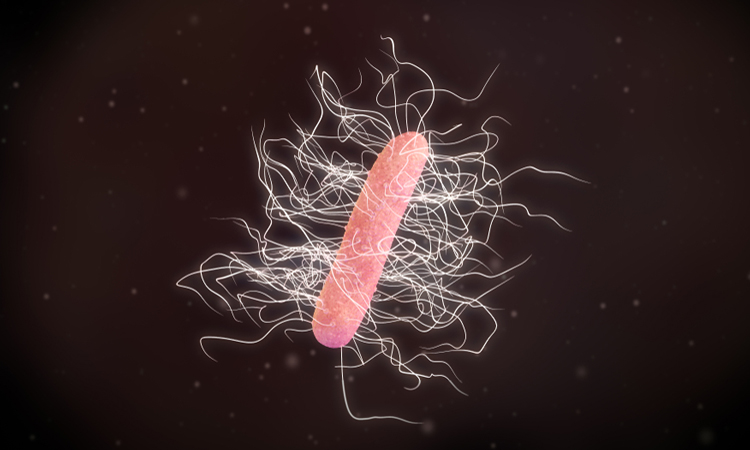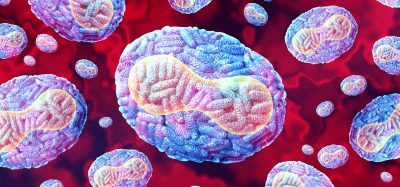CRISPR-Cas3 used to combat C. difficile in lab and mice
Posted: 11 March 2020 | Victoria Rees (Drug Target Review) | No comments yet
Researchers have shown that CRISPR-Cas3 can successfully attack C. difficile in vitro and in mice, by causing DNA damage to the pathogen.


Research at North Carolina (NC) State University, US, shows that the CRISPR-Cas3 system can be used to effectively target and eliminate specific gut bacteria, specifically Clostridioides difficile, the pathogen that causes colitis.
In a proof-of-concept study, the researchers were able to show pathogen reductions in experiments conducted both on the lab bench and in mice.
The scientists tested the effectiveness of using a virus called a bacteriophage to carry a programmable CRISPR to specifically target and eliminate C. difficile bacteria.
“We wanted to engineer phages with self-targeting CRISPR payloads and deliver them to the gut of an organism of choice – in this case a mouse – in order to have a beneficial impact on host health and to prevent disease,” said Professor Rodolphe Barrangou, at NC State, and co-corresponding author of the paper.
CRISPR technologies have been used to precisely remove or cut and replace specific genetic code sequences in bacteria. The CRISPR method used in this study involved Cas3 proteins, attacking C. difficile bacteria and causing extensive DNA damage.
In the lab, the CRISPR-Cas3 systems effectively killed C. difficile bacteria. After that, the researchers tested this approach in mice infected with the bacteria. Two days after the CRISPR treatment, the mice showed reduced C. difficile levels, but those levels grew back two days later.
“This was a positive first step in a long process,” Barrangou said. “The results of using phages to deliver CRISPR payloads open up new avenues for other infectious diseases and beyond.”
Co-corresponding author Casey Theriot, an assistant professor of infectious disease at NC State, said that use – and overuse – of antibiotics increases susceptibility to C. difficile infection, as antibiotics wipe out both good and bad bacteria in the gut. Relapses occur in some 30 percent of human patients treated with a standard antibiotic to eliminate this bacteria.
“We need to target the precise pathogen without disturbing the rest of the microbiome and that’s what this approach does,” she explained.
According to the researchers, the next steps include retooling the phage to prevent C. difficile from returning after the initial effective killing. The researchers said that future work will also involve developing a library of different phages for various C. difficile strains.
The results were published in mBio.
Related topics
Bacteriophages, CRISPR, Drug Targets, Microbiology, Microbiome
Related conditions
bacterial infections
Related organisations
North Carolina State University
Related people
Casey Theriot, Professor Rodolphe Barrangou








